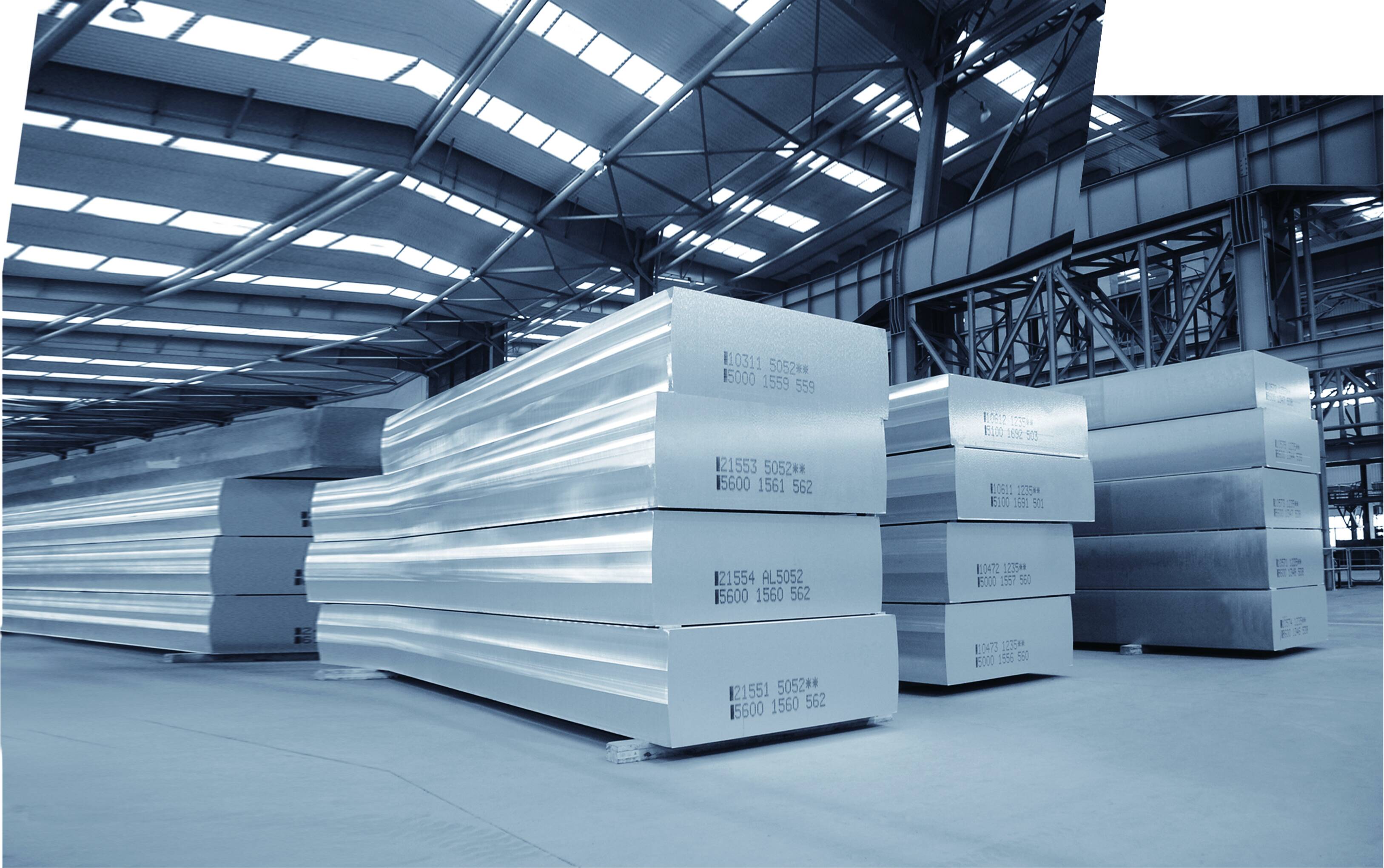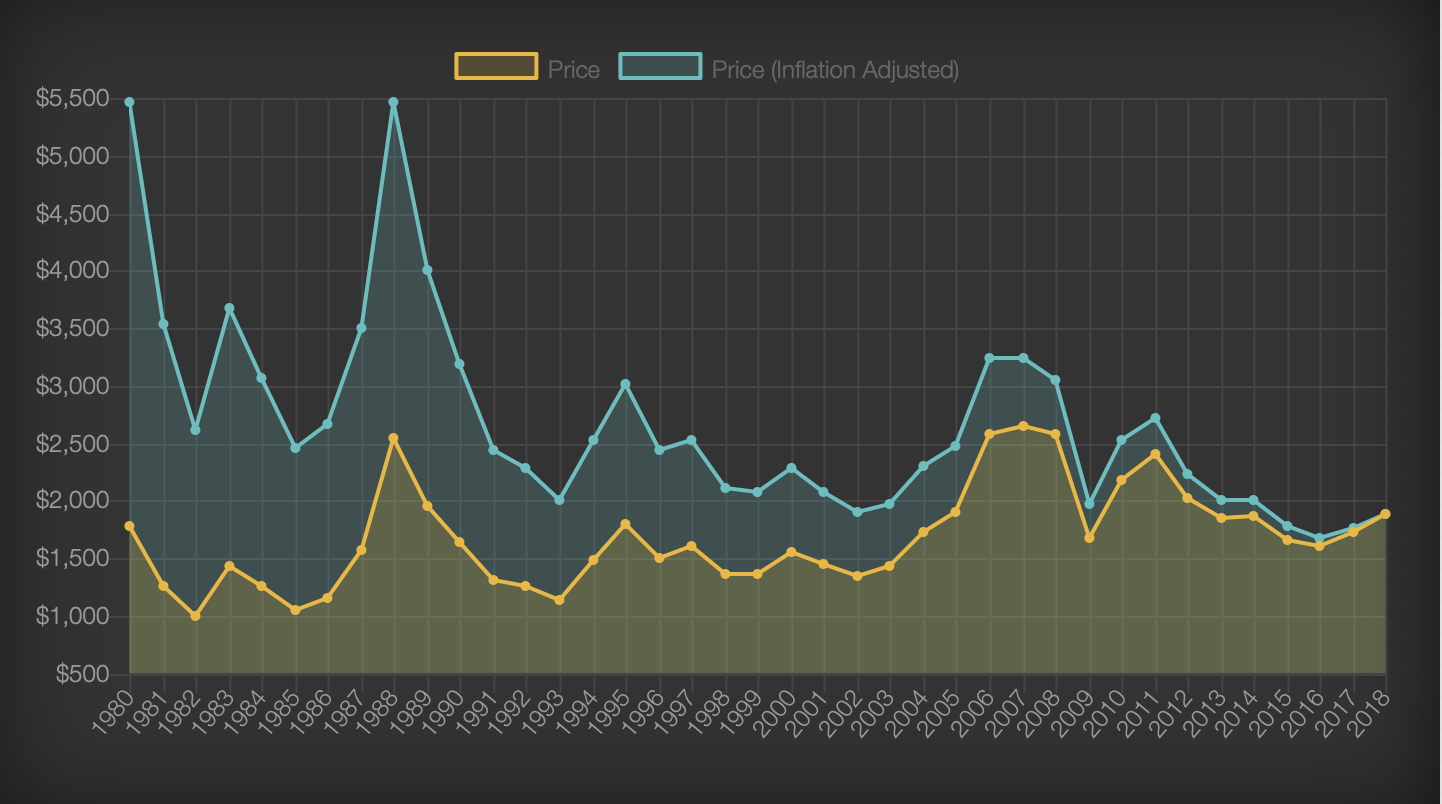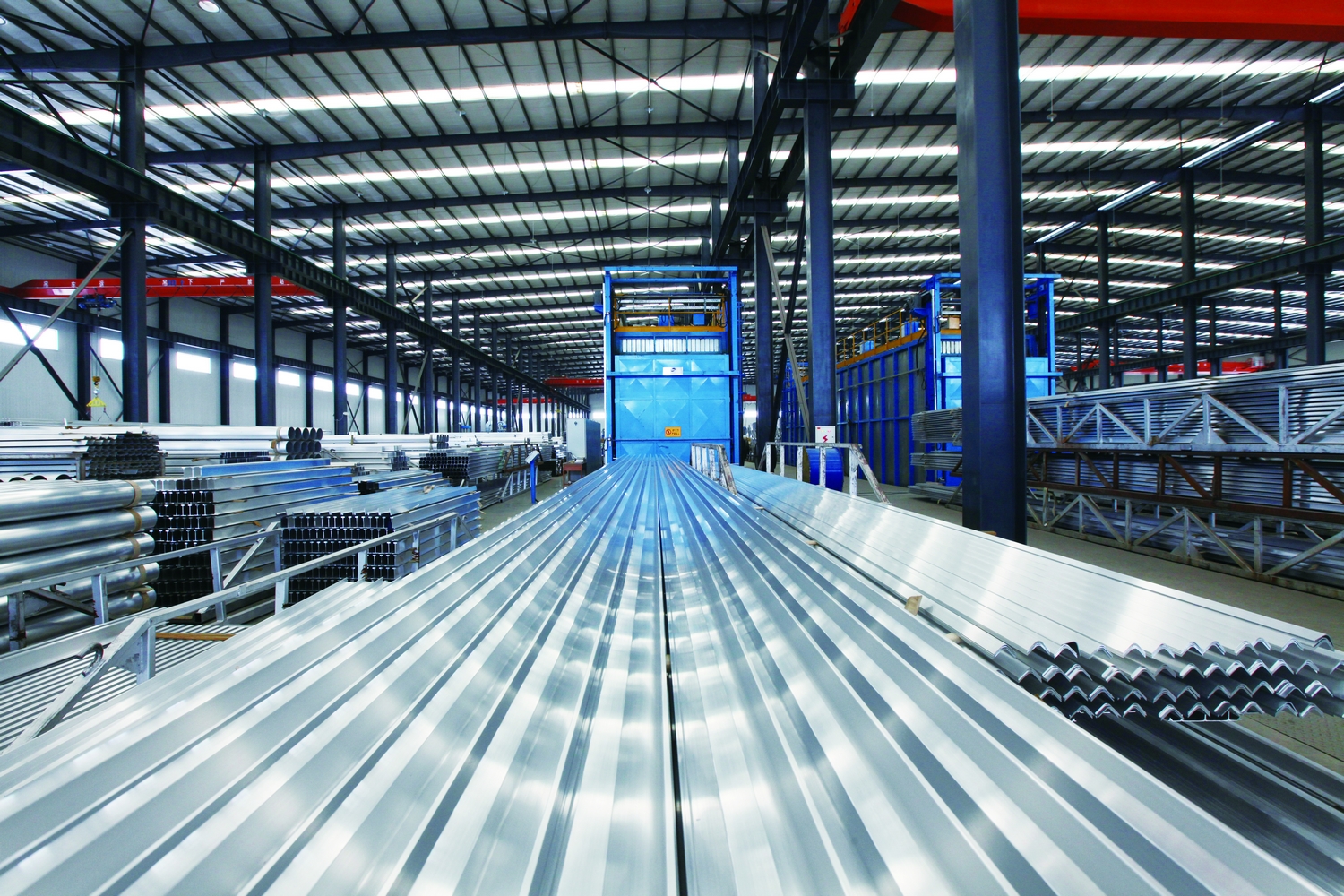After oxygen and silicon, aluminum is the third most prevalent element in the universe, accounting for around 8% of the planet’s mass. A Danish scientist first succeeded in separating aluminum from alum in 1825. The procedure was further improved by other scientists, but the difficulty of extracting the metal made it more precious than gold.
More significantly, recyclable aluminum items are available. About 75% of the aluminum that was formerly produced is still thought to be in use. This is due to the fact that it is endlessly reusable. Other recyclable materials, like wood, plastic, and natural fibers, have a tendency to degrade over time. In the end, new materials outperform recycled ones. With this mineral, however, that is not the case. You don’t lose any of its qualities after recycling it. Comparing it to aluminum that has just been created, there is no difference in quality.
When compared to the energy cost of removing the metal from the ore, recycling really requires only 5% of the energy needed for extraction. The energy saved by recycling an aluminum can is sufficient to power a TV for three hours. Recycling this metal in 1996 resulted in energy savings sufficient to run Pittsburgh for more than six years.
Because of the rising global metal stocks that keep prices low, supply is a constant concern. Lower demand and increased supply can result in lower pricing when combined with slower growth in some markets. What specific elements affect the fluctuation of aluminum prices, then?
1. Supply and demand
The market pricing of commodities is directly influenced by supply and demand. When market supply and demand are unbalanced, the price of the commodity will change considerably; if they are momentarily balanced, the price will move within a small range. Investors can monitor inventories, a key indicator that shows changes in supply and demand for aluminum on the futures market.
There are two categories of aluminum inventory: reported inventory and non-reported inventory. The number of futures exchanges that routinely publish their scheduled delivery warehouse for aluminum inventory is known as reported inventory. Non-reported inventories typically refer to large amounts of aluminum held by international producers, merchants, and consumers. They are also referred to as “hidden inventories” due to the fact that they are not institutions that are specifically designed for statistics and external distribution.
2. Alumina supply
The cost of alumina makes up between 28% and 34% of the price of producing aluminum ingots. There isn’t much alumina available for trading on the spot market because the global alumina market is extremely consolidated and the majority of it (80%–90%) is sold through long-term contracts. Before 1997, for instance, China’s alumina shortfall was partially filled primarily on the global spot market without the use of long-term contracts. In 1997, China Nonferrous and Alcoa agreed on a long-term, 30-year supply agreement for 400,000 tons of aluminum annually at a price based on the LME’s primary aluminum pricing. Rising alumina prices cause production costs to increase quickly, economic efficiency to decline quickly, and most businesses to experience minor profits or losses.
3. Impact of electricity prices
The “electric tiger” or electrolytic aluminum industry regulates the average power consumption of tons of aluminum facilities at home and overseas at less than 15,000 kwh per t. Experience with producing aluminum ingots in Western nations indicates that unsafe manufacturing occurs when the cost of power reaches 30% of the cost of producing aluminum.
The highest decline in the average integrated AC power consumption of the Chinese electrolytic aluminum industry was in 2004, when the average electricity consumption of Chinese aluminum plants was 14,683 kwh/t per ton of aluminum, down 347 kwh/t from 2003. The average power price for aluminum firms has climbed to more than 0.355 yuan/KWh, up roughly 4 cents/KWh from 2003, despite the fact that China is a country with an energy deficit. This indicates that the production cost of aluminum enterprises increased by 600 yuan per ton of aluminum. As a result, the electricity factor influences not only the output of Chinese electrolytic aluminum but also the pricing of aluminum on the domestic and global markets.
4. Economic situation
The consumption of aluminum has been significantly correlated with economic growth, particularly in industrialized nations or areas, making aluminum one of the most significant non-ferrous metal kinds. Aluminum consumption will increase quickly when a nation or region has strong economic expansion. Similar to this, the economic downturn will cause a drop in the consumption of aluminum in various industries, which will affect aluminum prices. The price of aluminum will also be affected by changes in worldwide oil prices, the price of specific metals connected to aluminum, and the industrial policies of different nations.
5. International exchange rates, import and export tariffs
Since most international transactions involving aluminum are marked and settled in US dollars, it is clear how the US dollar’s recent movement has affected aluminum pricing. Tariffs on imports and exports appear to have a significant impact on aluminum pricing in China. Alumina is a material that China imports in huge quantities; before to entering the WTO, an 18% import tax was in place to safeguard the native alumina industry. In accordance with the WTO agreement, China cut the alumina tariff to 12% in 2002, 10% in 2003, and 8% in 2004. Electrolytic aluminum exports formerly qualified for 15% export tax rebates; China reduced that amount to 8% in 2004, and starting in 2005, it was also subject to a 5% tariff.
The termination of export tax refunds will increase the export cost of aluminum firms by 600–1000 yuan/ton, and the 5% tariff on exported aluminum ingots will increase export costs of enterprises by an additional 770 yuan/ton, according to preliminary calculations (estimated by the international market price at the beginning of 2005). It is clear that changes in international exchange rates and tariffs have an impact on the price of aluminum.
6. Trend modifications in aluminum application
Aluminum prices will be significantly impacted by changes in the amount and surface usage of aluminum ingots by the wire and cable, construction engineering, automobile manufacturing, and other major industries. By 2010, only compact automobiles and small load cars are expected to see an increase in aluminum demand of 80%, from the present 5.8 million tons per year to 10.5 million tons, according to the relevant institutions.
7. Aluminum process innovation on aluminum production
The capacity of the electric tank significantly increased as a result of the quick adoption of computer technology in the aluminum electrolysis industry, which was motivated by extensive research into the electrolysis process in the physical field and the creation of the necessary mathematical model to make the design of the electrolytic cell more logical. The world’s largest aluminum electrolysis capacity has now surpassed 300KA, the current efficiency has reached 94–96%, and the DC power consumption per ton of aluminum has decreased to between 13,000 and 13,400kW-h. It is expected that the price of aluminum production will continue to decrease as high-capacity, high-efficiency intelligent aluminum electrolysis technology becomes more widely known and used.
Post time: Nov-15-2022



